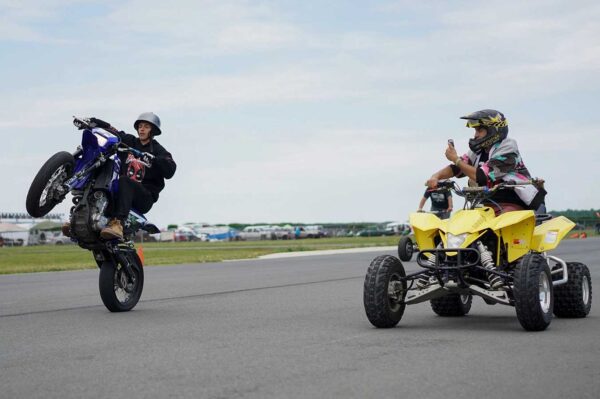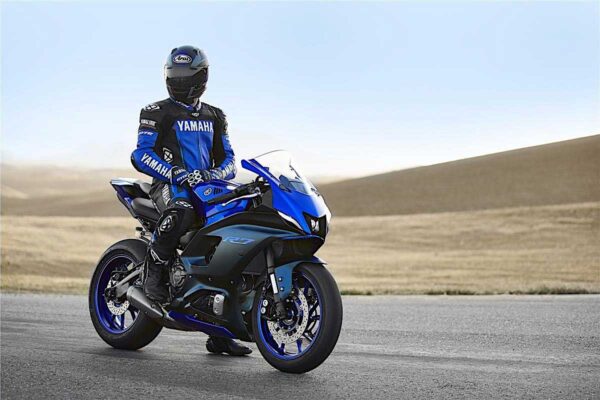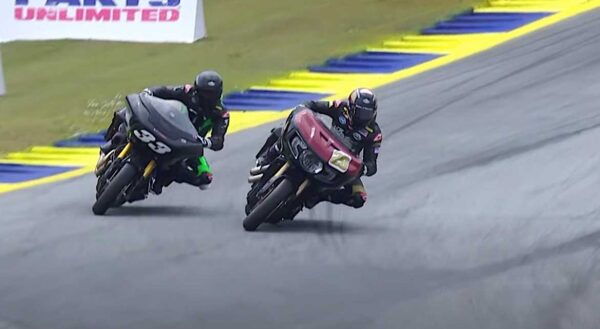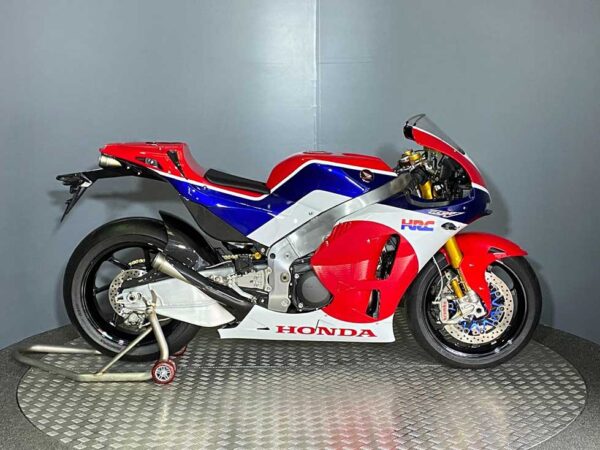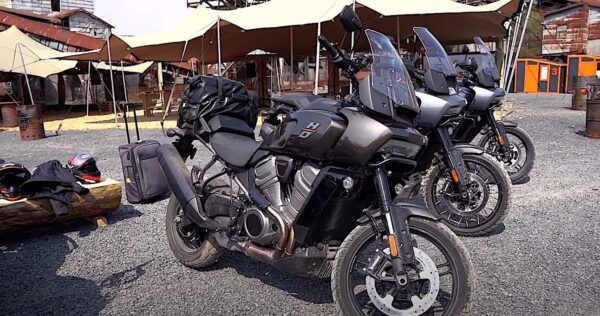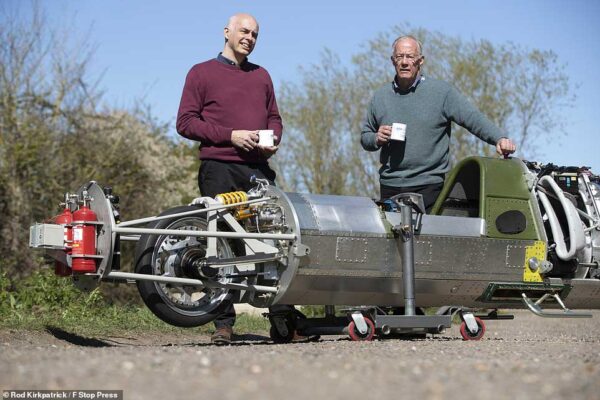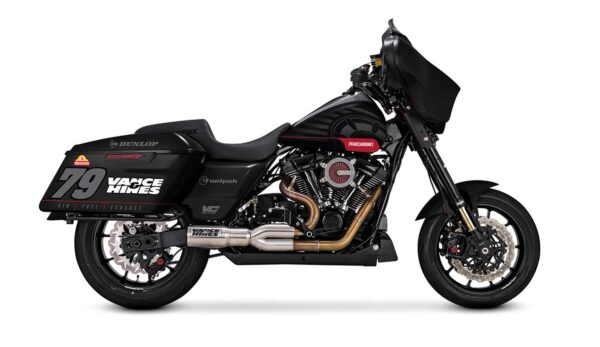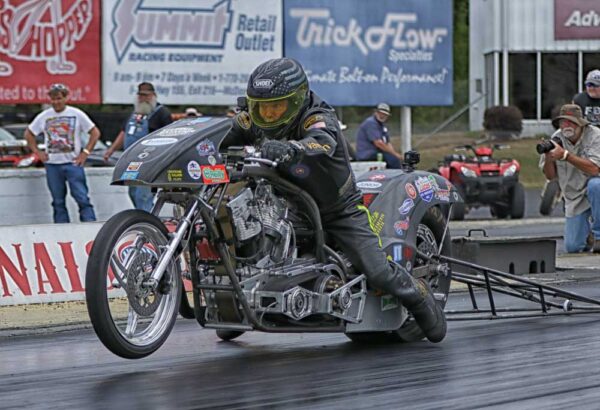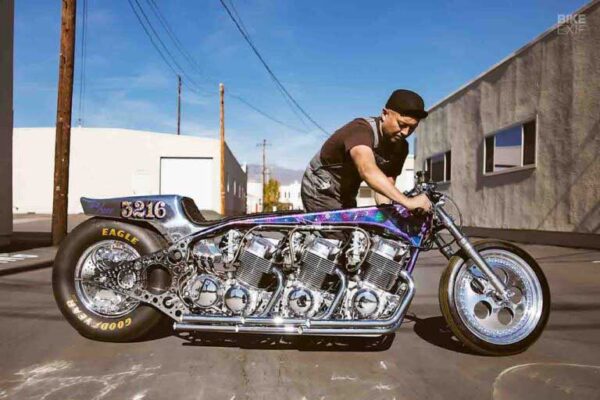Public Safety meeting discusses illegal dirt bikes and excessive noise
by Carolyn Noel from https://www.thereminder.com CHICOPEE – A Public Safety meeting took place to discuss illegal dirt bikes, motorcycles, speeding and excessive noise in the City of Chicopee on May 19. City Councilor William Courchesne, Ward 7, has been an active participant in the fight against this issue. At the City Council meeting on May 4, Courchesne spoke on the many phone calls he has received from upset residents in his ward. He also helped with updating the Code of the City of Chicopee to strengthen and modernize many noise ordinances. During the Public Safety meeting, residents were given the chance to voice their concerns on illegal dirt bikes, motorcycles, speeding and noise. Members of the Chicopee Police Department were also in attendance to respond and answer questions. One resident spoke on the danger of dirt bikes speeding along public streets. “They’re turning our public streets into their playgrounds,” she said. Attendee Gerald Lavoie agreed on the danger of dirt bikes speeding on streets, but also proposed that the city give them a safe space to ride. “The kids need a place to ride,” he said. Lavoie suggested opening up land for people to ride their dirt bikes safely by Westover Air Reserve Base, near Szot Park or anywhere else that could be accommodated. Resident David Perault spoke on his motorcycle-related concerns at the meeting. He said that from April through November the noise is “crazy.” He even compared the area he lives in to a speed race. “My apartment unfortunately faces the Chicopee River and what I like to call the Indianapolis 500,” said Perault. “These guys are flying.” He spoke on the excessive motorcycle noise that he had to deal with during the COVID-19 lockdown when he was home. He said that a lot of the motorcycles backfire, […]
Public Safety meeting discusses illegal dirt bikes and excessive noise Read More »

